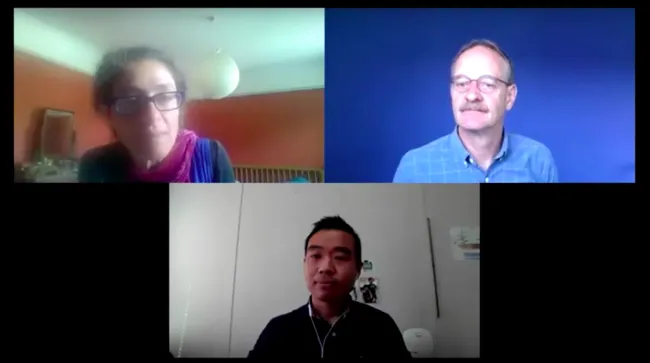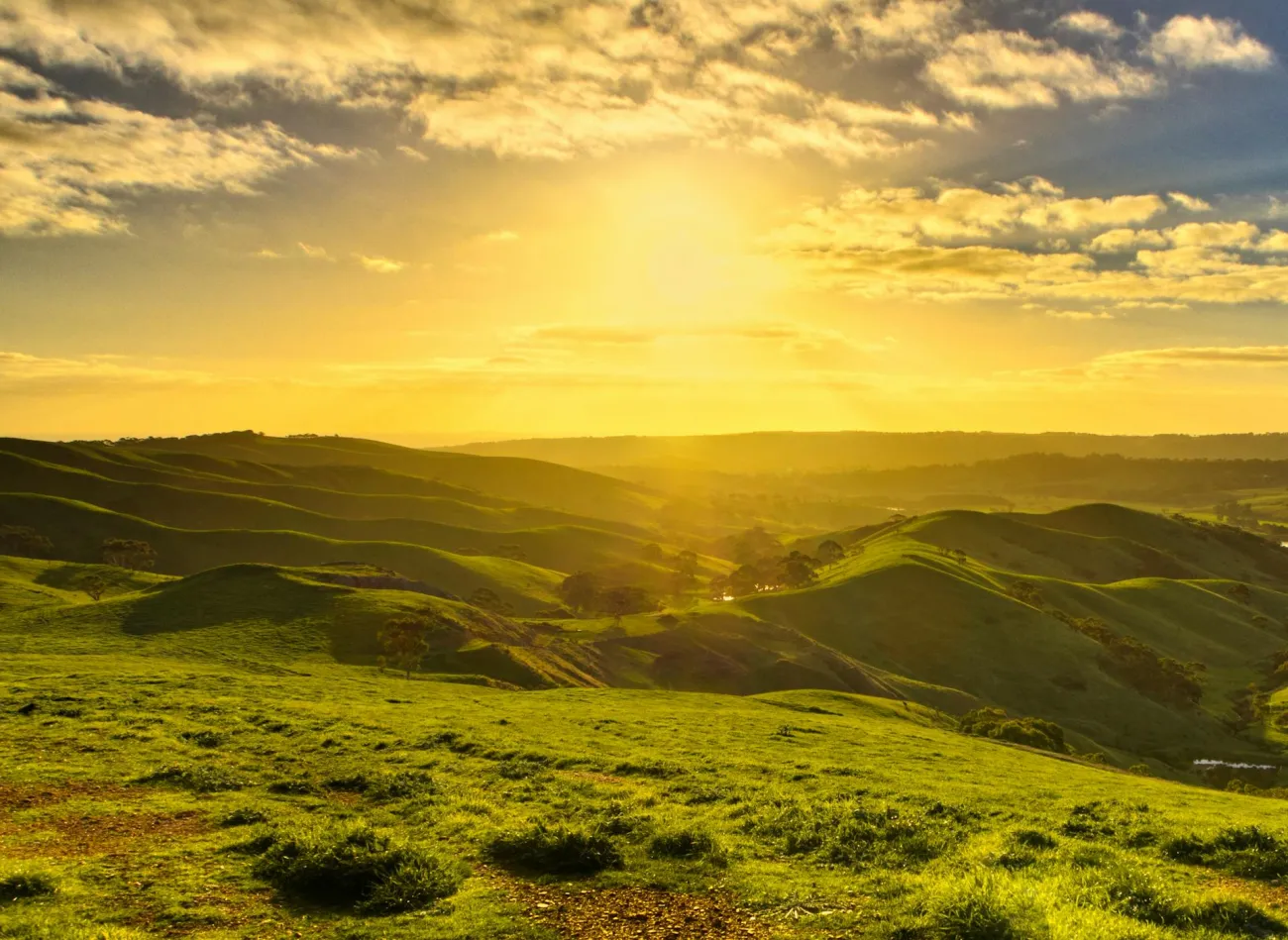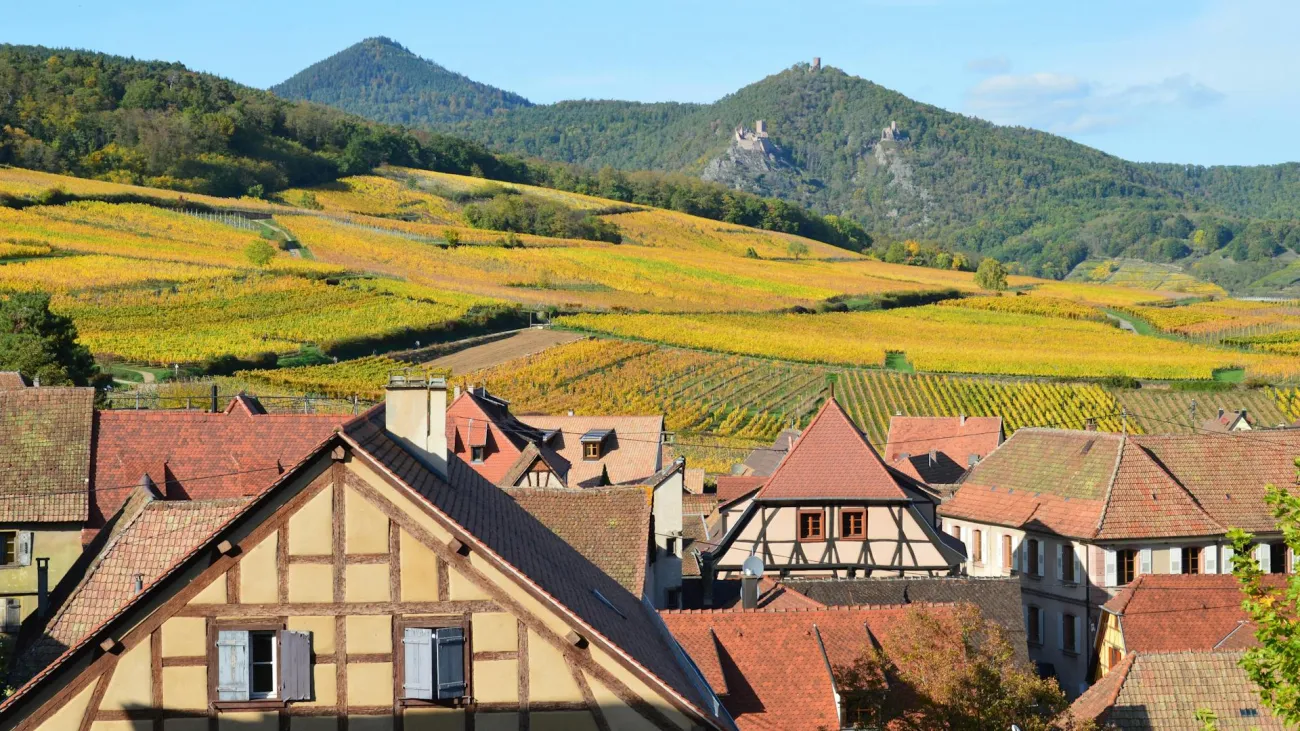On 11 May 2021, TABLE and LEAP facilitated a dialogue between Ken Giller (Wageningen University) and Yichao Rui (Rodale Institute) on the topic of Regenerative Agriculture. We asked: why is it taking the world by storm and what are the broader implications for farmers and food systems?
We received over 70 questions during the event. We've clustered the most commonly asked questions into different themes, and the panellists have generously agreed to respond to them.
For more information on the event, visit here.

Answering audience questions from “A dialogue on Regenerative Agriculture”
On 11 May 2021, TABLE and LEAP facilitated a dialogue between Ken Giller (Wageningen University) and Yichao Rui (Rodale Institute) on the topic of Regenerative Agriculture. We asked: why is it taking the world by storm and what are the broader implications for farmers and food systems?
We received over 70 questions during the event. We've clustered the most commonly asked questions into different themes, and the panellists have generously agreed to respond to them.
For more information on the event, visit here.
Recording of "A dialogue on Regenerative Agriculture" hosted on 11 May 2021
Land use, soil biology and farm management
Audience question (AQ): If regenerative agriculture has lower yields (meaning that more land is required) may sparing—increasing agricultural yields, reducing farmland area and actively restoring natural habitats on the land spared - not be a better option for carbon sequestration even if the carbon storage potential on the farmland is low?
Yichao: If you are comparing the yield of regenerative organic systems with extremely simplified high-yield continuous monoculture corn systems, then the answer is yes, there is no system comparable. Industrial conventional systems are very successful in producing high yields, but at a high high cost too.
But if we look not just at yield, but more holistically the entire system (soil erosion and degradation, human health, water quality decline, climate change), the business model of always targeting high yields is not for the best interest of human civilization.
Today, about 40% of global food is being wasted. We should be proud of our ability to produce so much food, but we also need to rethink the ways that we produce food and their environmental and health costs as well as distribution and equity issues.
Legumes and manure productions don’t have to take the land that is for food production. Legumes can be incorporated into crop rotations. Currently there is a big urban-rural gap in nutrients flow, and we can do a better job to close that gap by promoting composting and reducing life waste. Grazing cows on pastures, not confined feedlot, can facilitate soil carbon building and nutrient cycling and produce high quality protein. More research are needed to find regenerative solutions and funding is needed. Regenerative agriculture is knowledge-based and we can work towards creating that knowledge.
AQ: What can we do to improve soil biology without external farm inputs?
Yichao: Yes, soil biology needs to be considered holistically. Production systems with efficient plant-microbe-soil interactions would result in favorable outcomes of soil biology and production. This means you do NOT always have to apply organic input, or there can never be a single tillage event. But in general, diverse crops with continuous carbon and nitrogen inputs in conjunction with less soil disturbance would support soil biology and its impacts. Continuous carbon and nitrogen inputs can be through plants and/or amendment.
AQ: Is there any evidence that specifically attempting to alter the balance between parts of the soil population (e.g. fungi:bacteria) will have benefits?
Yichao: There are a large number of research on this topic but again, the results might be context dependent. In general, fungal populations are largely affected by intensive annual production including overfertilization and frequent tillage.
Ken: My take on this is that the fungi:bacteria balance depends on the composition (i.e. chemical quality) of the organic matter added to the soil. In woodlands and (some) natural grasslands the inputs contain more lignin (i.e. the lignin:N ratio is higher) whereas in arable soils the crop residues contain less lignin so there the fungi:bacteria ratio tends towards the bacteria. I do not see any evidence that a higher fungi:bacteria ratio is ‘better’ – why would it be?
AQ: Is there such a thing like net nutrient export from a system under regenerative agriculture? If yes, what practices would help build up the nutrients to keep up the yields under RA?
Yichao: Compost or manure additions to soils can increase soil carbon but also causes emissions. The IPCC has calculations on emissions of N2O from manure and compost fertiliser, but no calculations on measuring CH4 or CO2 from compost put on soil. How do we know how much carbon from compost is going into soil and going into the atmosphere?
Compost and manure have much lower C:N ratios (~15:1) than crop residues (for example 60:1-80:1 of corn stover). Microbial biomass has a fairly constant C:N ratio of 8:1. By better meeting the stoichiometric requirement of microbial processing, a larger proportion of C inputs from compost and manure will be assimilated by microbes, facilitating the association of microbial necromass and soil minerals. Of course, there will still be C respired as CO2 when microbes digesting compost/manure, but the C loss is much less.
AQ: Ken, you mentioned work that you have done on agroforestry systems - what do you see is the role of agroforestry in regenerative agriculture in a European/temperate context?
Ken: Most of my own research has been on agroforestry in smallholder farming of the tropics where it is a ubiquitous practice. As for Europe, I love trees and am an ardent fan of hedge laying – we have a beautiful multi-species hedge around our tiny farm which the birds love. I think smaller fields with more field boundaries with trees and hedges are one type of agroforestry that fits some landscapes. Generally farmers don’t like too many trees in their fields – unless they combine fruit trees like apples with free-range chickens for example. Trees get in the way when you are driving a tractor!
Certification and Rodale
AQ: Both speakers agree that Regenerative methods are site specific - that one size does not fit all. Do certification schemes, which are strictly defined, still make sense?
Yichao: Yes, the Regenerative Organic Certification takes into account site-specific conditions and does not set strict universal goals that growers need to achieve in terms of soil health parameters. For example, ROC does not set a value of soil organic matter to be reached. Instead, by requiring certain soil-improving practices (for example, limiting the number of tillage practices in three years) and monitoring soil health indicators, the ROC intends to work with growers to move the needle from depleting resources to regenerating resources.
AQ: How is social fairness defined/measured by the Regenerative Organic Certification scheme?
Yichao: The social fairness component of ROC will need to be audited by a third-party auditor. It accepts several existing certifications such as Fair Trade USA.
AQ: What does the Rodale Institute’s legacy entail and what is distinctive about it? What is the Institute’s footprint outside the US? Has the Institute applied its regenerative agriculture approach in other locations? Where and with what results?
Yichao: Rodale’s mission is to convey the message to the world: farming is not just about producing food; it’s actually about making people healthy and the world livable again. We need to recognize and value the importance of farming and farmers’ work.
To date, Rodale’s research is still largely focused here in the United States. We have not been directly involved in any research projects abroad, but as we have recently opened three new research centers in Iowa, Georgia, and California we are now starting to conduct research in other parts of the United States, with the aim to find solutions for specific geographic and environmental conditions.
Again, a big thank you to our panellists Ken Giller and Yichao Rui for taking the extra time to respond to some of the audience questions. Please share your comments and thoughts on the discussion and these additional responses below!




Comments (0)